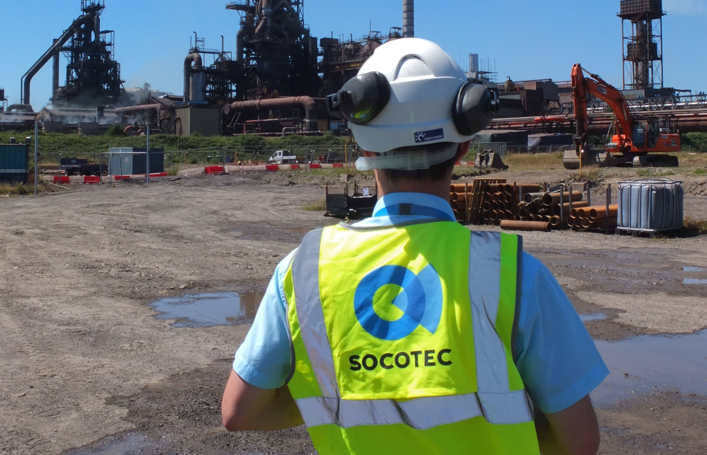By Paul Devlin, CEO, Causeway Technologies.
The construction industry is standing on a digital fault line. For decades, we've relied on outdated systems and disconnected processes, leaving a legacy of inefficiency, wasted resources, and missed opportunities.
But the truth is, this industry - so central to society’s growth and wellbeing - can no longer afford to operate like it's still the 1990s.
We need a new playbook. And it starts with connection.
The silent killer - fragmentation
Walk onto any major construction site today, and you'll find more than hard hats and high-vis vests - you’ll find silos.
The average Tier 1 contractor runs over 80 disconnected software systems. Each one might serve a purpose, but together? They're a digital Tower of Babel. The result is that 95% of project data goes unused. That's not just a missed opportunity. That’s a ticking time bomb for project delays, cost overruns, and lost trust.
This siloed approach isn't just a tech issue, it’s a human one. When finance, project delivery, procurement, and compliance operate in isolation, we undermine the very collaboration the built environment depends on.
It’s costing us dearly. Millions are wasted annually through poor supply chain visibility alone, not to mention the estimated 40% of workers’ time lost on non-optimal activities. The industry doesn’t need more tech. It needs better connected tech.
Digital ID: Infrastructure for a new era
If we’re serious about improving safety, productivity, and the worker experience, we must start by knowing who is on our sites and what they’re qualified to do. Digital identity must become the new infrastructure - just as vital as steel, concrete, and power tools.
Too often, accidents happen not because of recklessness, but because someone didn’t have the right training or didn’t know the site-specific risks. With digital ID, we remove that uncertainty. We verify skills. We ensure training. We build safer, smarter teams from day one.
But Digital ID does more than protect. It enables. It gives us confidence in our workforce data, which becomes foundational for everything from compliance to workforce planning.
As the talent shortage deepens - 250,000 workers needed by 2027 and counting - we must make construction an industry of choice. Purpose-driven workers want to know they’re entering a smart, safe, forward-looking sector. Digital ID sends that signal.
AI and the end of manual madness
AI isn’t a future fantasy. It’s already reshaping estimating, supplier pricing, compliance, and even job-matching. But let’s be clear: AI is only as powerful as the data it feeds on. And right now, fragmented systems choke that potential.
When done right, AI can become a construction team’s early warning system - flagging issues before they derail a project, enabling proactive decisions, and cutting through the noise to surface what really matters.
But none of that works without interoperability. That’s why at Causeway, we built CausewayOne - not as a replacement for existing tools, but the data flow that powers connection. A platform that flows between systems, speaks a common data language, and allows companies to build smarter, not harder.
Point solutions won't cut it
It’s time to move past the myth of the silver bullet solution. The industry doesn’t need 81 tools doing 81 different things. We need ecosystems - open, interoperable, and built for the real-world complexity of construction.
When subcontractors log into a single supplier workspace and see their workforce status, project pipeline, invoice timelines, and compliance requirements all in one place - that’s not just efficiency. That’s empowerment.
And when we can digitise that experience across the supply chain? We create the kind of working environment where suppliers choose to work with us - not because they have to, but because they want to.
Looking ahead - data is the connective force
Legislation, such as the Building Safety Act and carbon mandates, will force the industry to unify. But let’s not wait to be forced. Let’s lead.
At Causeway, we believe data will become construction’s connective tissue – flowing through every process, connecting people, systems, and decisions. From workforce safety to carbon accounting to AI-driven forecasting, it all depends on getting the data foundation right.
So the question isn’t whether technology will change construction. It’s whether we’ll change with it - thoughtfully, boldly, and together.
Because in five years’ time, this industry will be unrecognisable. The only question is: will you be driving that change - or watching from the sidelines as others do?
Looking to start your digital transformation journey? Get in touch with our team today to discover how we can support you on elevating your teams productivity using digital strategies.



